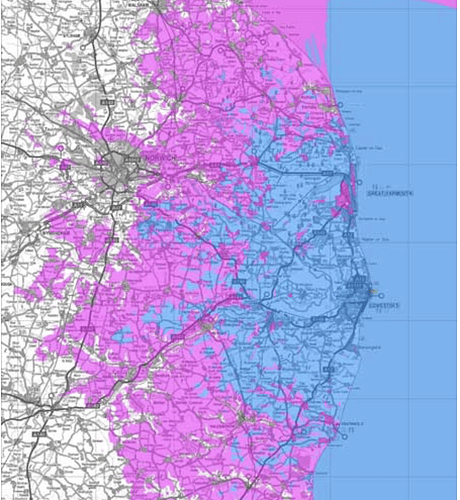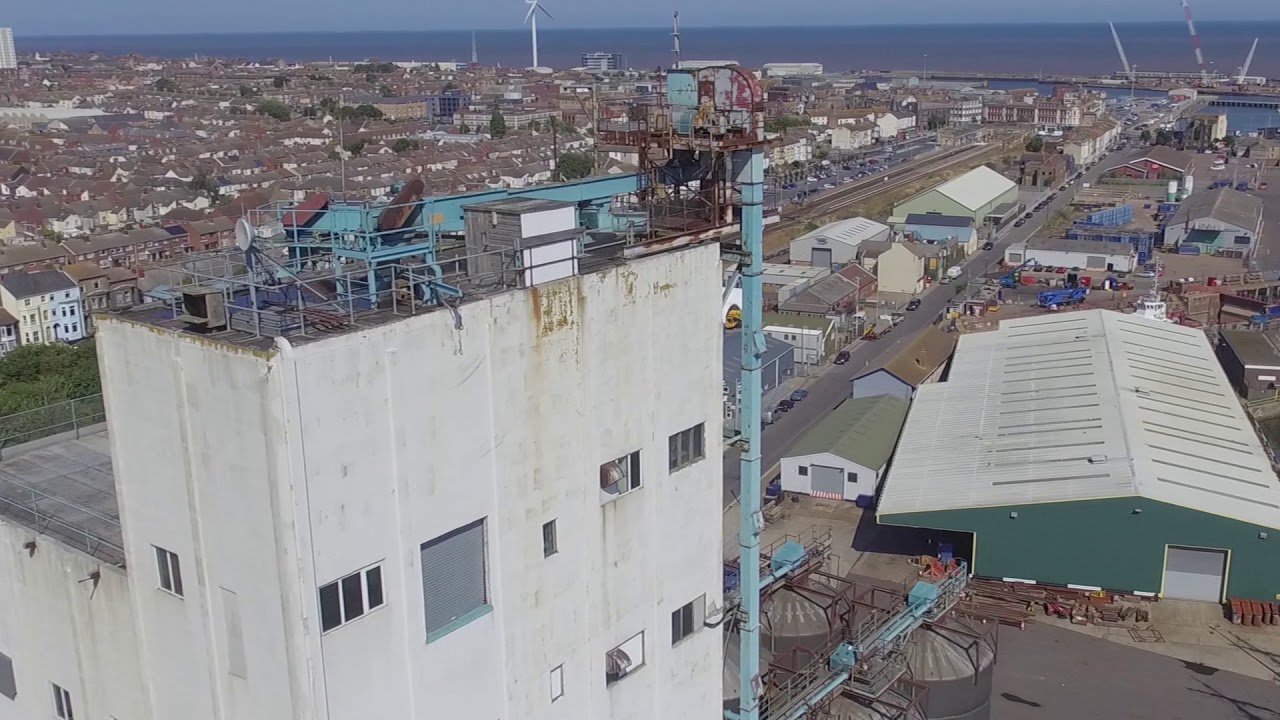I have researched GMRS repeater information and location till I think I am blue in the face.
Taking the next step, I actually drove to two nearby repeaters and attempted to get on using all the information I had found about them pertaining to, RX frequency, TX frequency, PL codes like CTCSS/DCS, range coverage. Once I was inside the stated range, I pulled over and got my Midland MXT 400 and 6db gain antenna all set up and listed for the repeater ID.
I tried as best I could to get a reaction from the repeater(s) but to no avail. Eventually, driving as close to them as I could, they still stumped me and I returned confused. I must have been missing something, but what?
Well, one was actually off frequency the owner told me later thru an email. The other was totally off line. OK not to be beaten, I got all set up to try again in a month during an off road trip.
Hearing the repeater like it was next door I could still open the repeater with my radio signal. Sitting very high on a mountain top within 2 miles of the repeater still no satisfaction.
What I think I figured out, on the way home with my friend is that my setup just isn’t getting. As we traveled down differnt paths going away from each other the GMRS’s signal only lasted about three miles. Our CB radios remained better than the GMRS for almost two to three mile farther.
Bummer 40 watts out is just a little better than his handheld 1000V at 2 to 3 miles.
Point is you have to be able to get your signal to the repeater and just not be in the listed range of the repeater…

